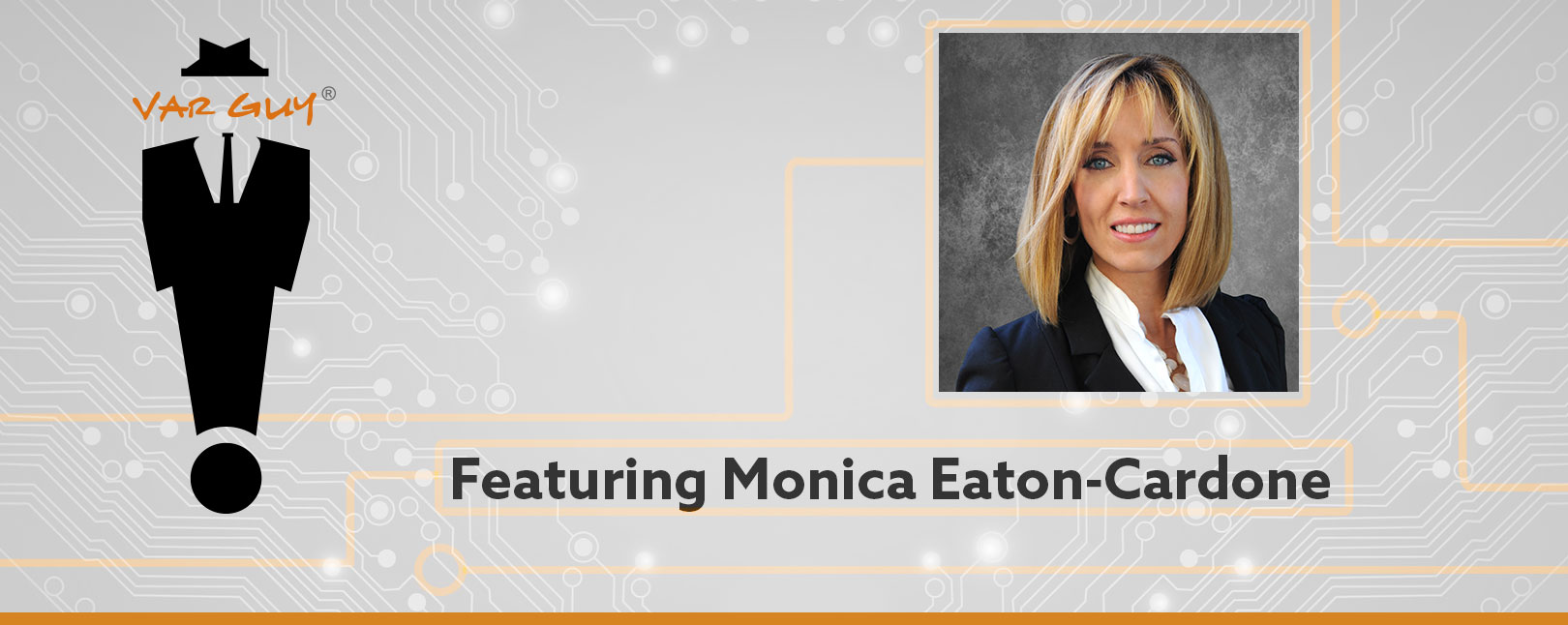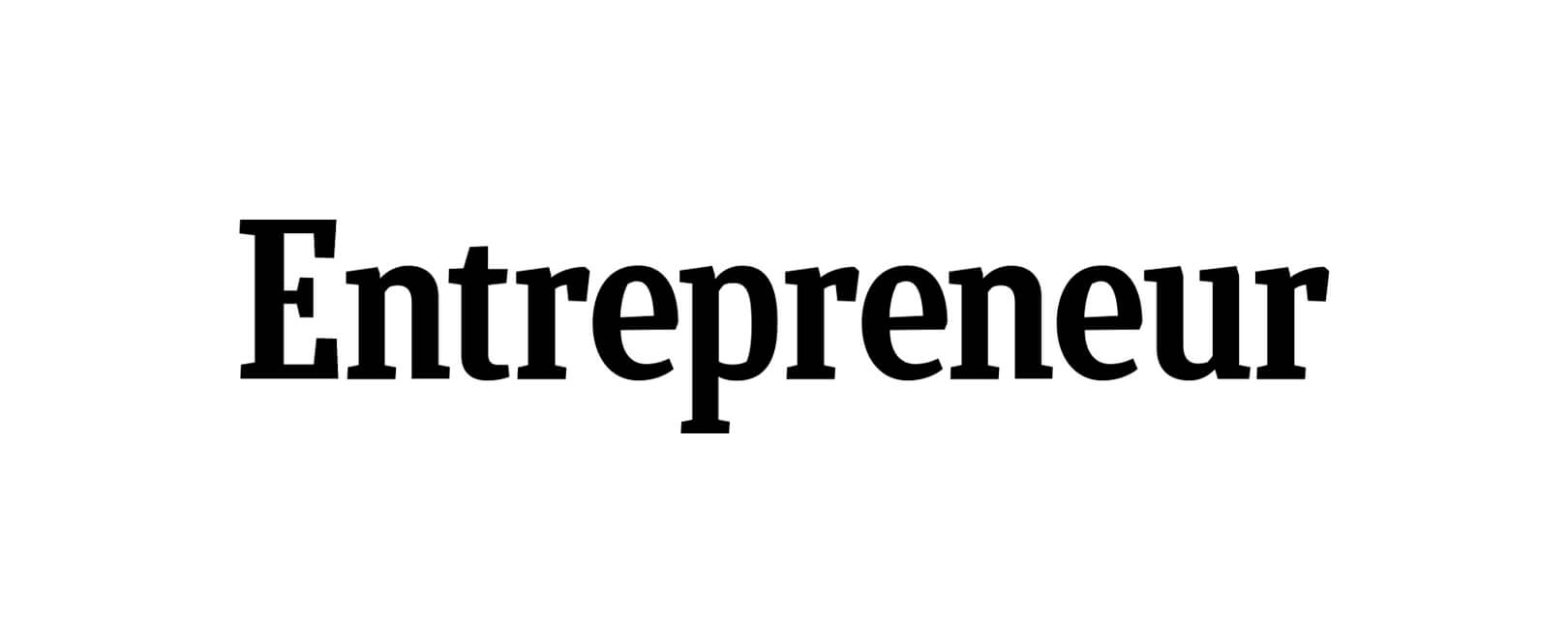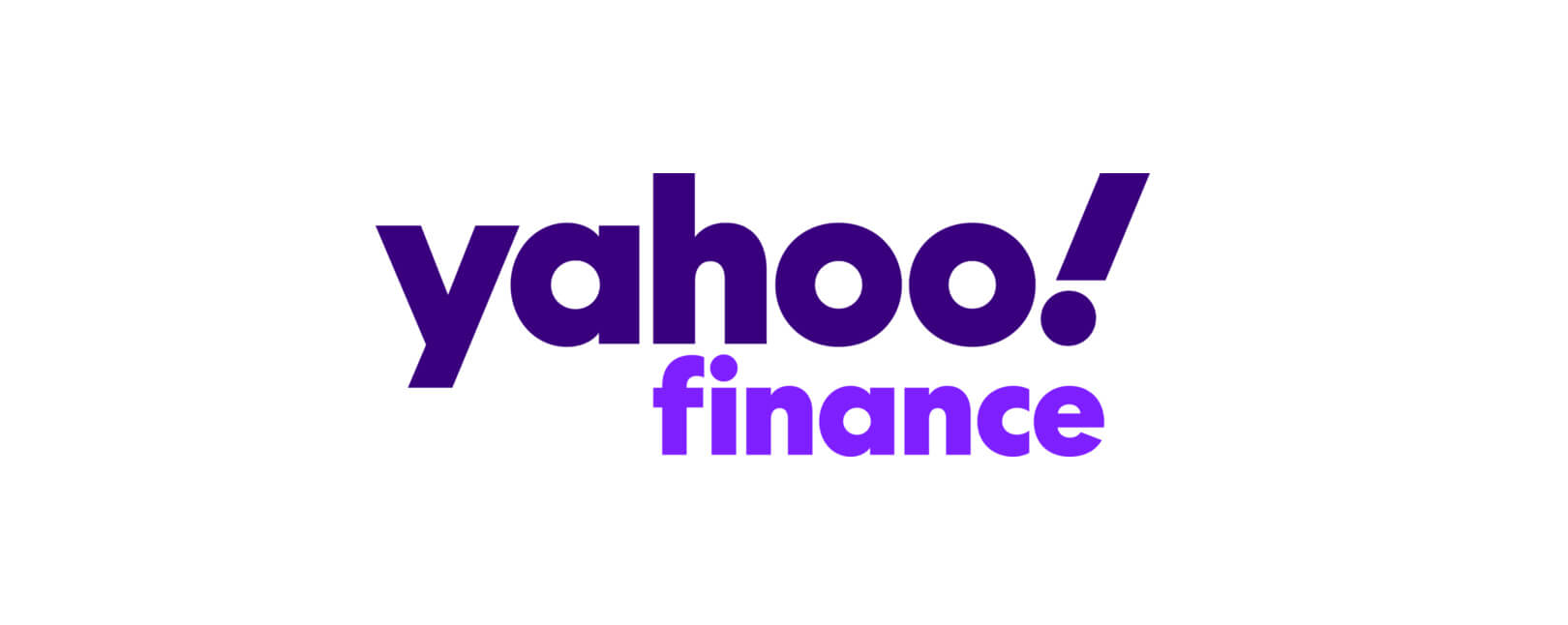Chargebacks911® COO Says Greater Representation Needed for Women in STEM Fields
Chargebacks911® COO Monica Eaton sat down with Michael Cusanelli of The VAR Guy for a quick interview last week. The two touched on a number of topics, including the role of women in STEM and IT careers, the root of the overwhelming gender disparity in STEM fields, and how early education plays a key role in striking a balance.
Few STEM Degrees Awarded to Women
As Cusanelli pointed out, the figures reflecting the current shape of the IT landscape cast a stark image:
- Women comprise 57% of the U.S. workforce, but only 26% of professional computing occupations.
- Women occupied 35% of those same positions in 1990—meaning we’ve actually lost ground over the last 26 years.
- While 57% of bachelor’s degrees are awarded to women, only 18% of Computer and Information Sciences degrees go to women.
- Women earned 37% of computer and IT degrees in 1985, meaning a net loss of 19% over the last 31 years.
What can we do to help strike a greater balance between genders when it comes to STEM and IT fields? According to Monica, the answer is to start earlier.
Discovering a Love for Science and Math During Childhood
Monica suggests that the best way to encourage more women into STEM fields is to start fostering a real, organic interest in the subjects early-on in life, rather than waiting until college.
“You really have to start at that younger age and give them the ability to establish an aptitude, to determine whether or not they have a natural interest.”
To demonstrate, Monica pointed out the disparity between genders in STEM in the US, as opposed to China, where women occupy 48% of STEM positions.
Without giving the application side that ties things together, no human being is going to see the usefulness to continue in that subject. It would be like expecting a [child] to want to be a doctor if he or she only got medical books to read. The thing that motivates a doctor is they know they can actually help people get well.”
Creating Opportunities
Cusanelli asked Monica to talk for a moment about her educational initiative, Get Paid for Grades, a program which provides tutoring and scholarship opportunities for area high school students. During the first year of the program, participants were allowed to choose either $500 cash or a $1000 scholarship to encourage further study after completion.
Eaton explained that ten of last year’s 16 program participants were girls, none of whom had any higher college aspirations. A few planned to attend community college, but most had no real college plans.
Get Paid for Grades fall in-line with Eaton’s belief that students need to see the application side of STEM in order to understand that they might enjoy it. By exposing students to the practical applications for STEM education, alongside the range of opportunities available to those involved in STEM fields, Monica believes she can help guide more students toward a natural aptitude.
However, as Eaton suggests, the path to success will not be easy. Students will need to create and seize their own opportunities in order to find success.









